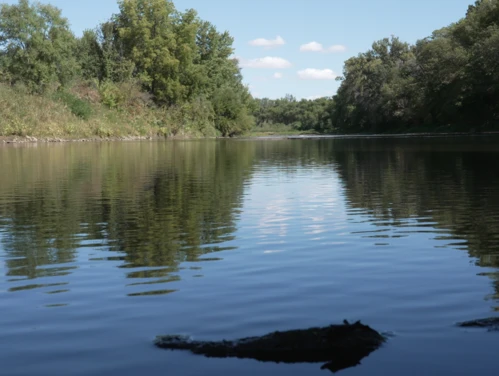DES MOINES – Drought conditions improved statewide due to above-normal precipitation totals in July, according to the latest Water Summary Update.
With more than double the expected precipitation, last month ranks as the second wettest July in 153 years of records, behind July 1993. Drought and abnormally dry conditions eased across the state, and Iowa is currently drought-free.
For the month of July, statewide precipitation totaled 9.20 inches, or 4.83 inches above normal. Statewide temperatures averaged 75.4 degrees, 2.0 degrees above-normal, with the warmest conditions in eastern Iowa.
According to Iowa’s Drought Plan, overall drought conditions improved for the entire state. The drought watch designations for portions of western and southern Iowa have been lifted, and all drought regions now carry a normal drought designation. According to the current U.S. Drought Monitor (USDM), less than one percent of Iowa continues to experience abnormally dry conditions.
The National Weather Service’s Climate Prediction Center’s August outlook indicates an equal chance for above, below, or near-average precipitation and temperatures across the entire state. Warmer air holds more moisture and could increase concerns for drought returning if the state experiences below-normal rainfall during August.
“Due to above-normal precipitation in July and into early August, drought and abnormally dry conditions significantly improved across Iowa. Drought watch designations for Western and Southern Iowa have been removed. The latest seasonal outlooks indicate potential for no drought for most of the state, except a small pocket along the Missouri River in southwestern will likely see dry conditions continue,” said Jessica Reese McIntyre, DNR Environmental Specialist.
For a thorough review of Iowa’s water resource trends, visit
www.iowadnr.gov/watersummaryupdate.
The report is prepared by technical staff from Iowa DNR, the Iowa Department of Agriculture and Land Stewardship, IIHR—Hydroscience and Engineering, and the U.S. Geological Survey, in collaboration with Iowa Homeland Security and Emergency Management Department.
